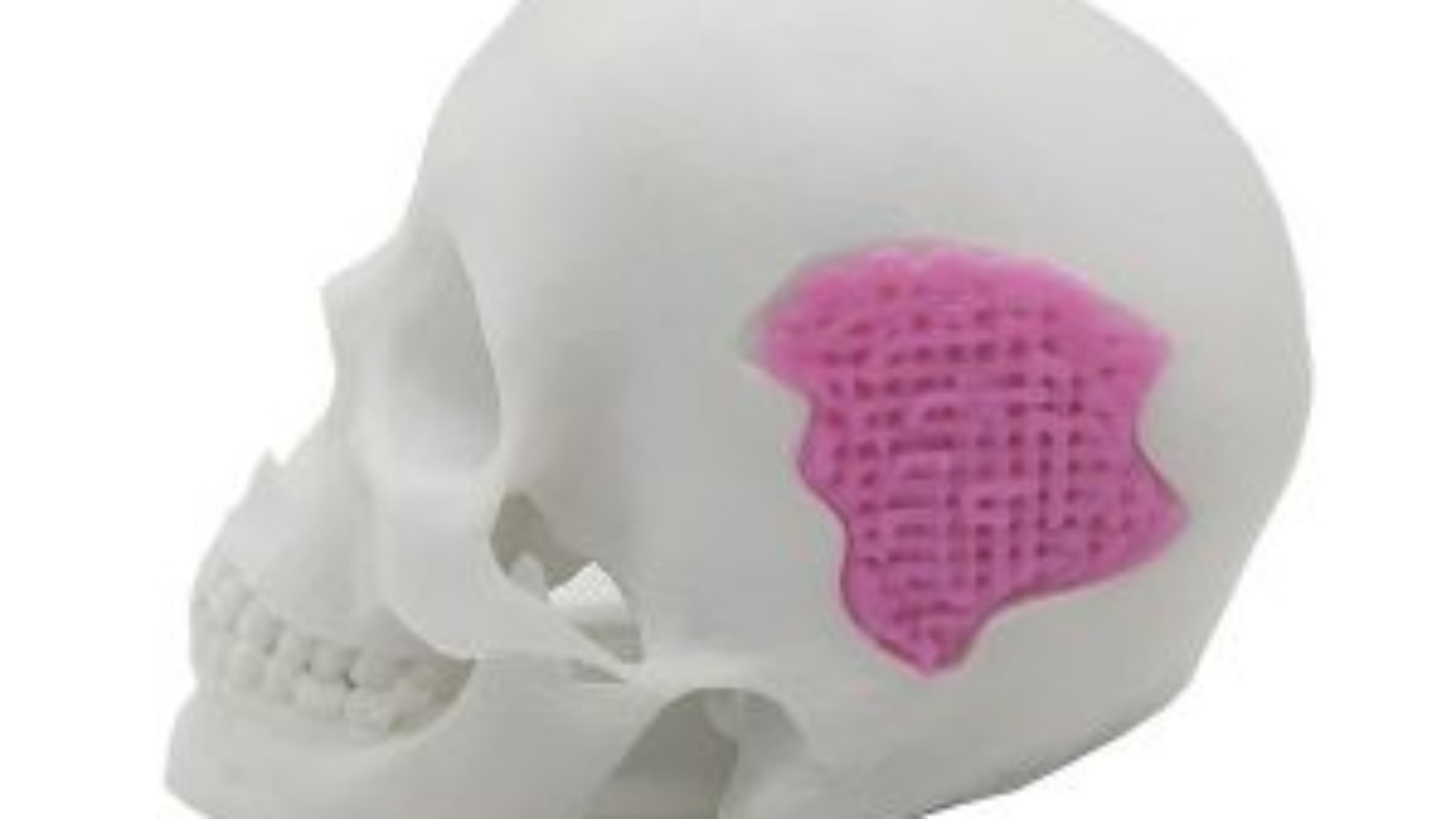Researchers publishing in nonprofit organization ACS Nano have developed a 3D printable bio-active glass that could serve as an effective bone replacement material. In tests on rabbits, this material supported bone cell growth more effectively than plain glass and showed longer-term growth than a commercially available bone substitute.
“This work demonstrates an easy, low-cost way to 3D print a bio-glass bone substitute, which could have wide-ranging applications across medicine and engineering,” the team reported.
Material Properties and Printing Process
Bone and glass share similar mechanical characteristics: both can bear weight well but are weak under stretching due to their crystalline structures. Unlike bone, silica—the main component of glass—can be liquefied and 3D printed into precise shapes, including perfect matches for missing bone sections.

However, traditional 3D printable glass either requires toxic plasticizing agents or extremely high temperatures above 2,000°F (1,100°C). To overcome this, Jianru Xiao, Tao Chen, Huanan Wang, and colleagues created a bio-active glass gel by combining oppositely charged silica particles with calcium and phosphate ions, which are known to promote bone cell growth. The printed shapes were hardened in a furnace at a relatively moderate 1,300°F (700°C), avoiding the extreme temperatures typically needed for glass processing.
The researchers then tested the bio-active glass in live rabbits, repairing skull defects and comparing its performance to a 3D printed plain silica glass gel and a commercially available dental bone substitute. Although the commercial product encouraged faster initial bone growth, the bio-glass maintained cell proliferation over an extended period; by eight weeks, most bone cells had integrated into the bio-glass scaffold, while the plain silica gel showed almost no growth.
The team emphasized that this method provides a low-cost, straightforward approach to 3D printing bio-glass scaffolds, highlighting its potential for a wide range of medical applications, including bone repair and regenerative engineering.
3D Printing in Bone Generation
Manufacturing on Demand
Bone implants have advanced with 3D printing, allowing patient-specific designs that promote natural regeneration while reducing surgeries, complications and costs.
In partnership with Maastricht University Medical Centre (UMC+) Osteopore created a bioresorbable implant designed to prevent lower leg amputations. Using Osteopore’s 3D printing technology combined with CT imaging, the team produced a personalized cage-like scaffold made from FDA-approved polycaprolactone (PCL).

The material mimics the structure of trabecular bone and gradually degrades into water and carbon dioxide, all while encouraging new bone to form. This implant was reportedly placed in a patient in the Netherlands, where early results were said to be encouraging.
Elsewhere at the University of New South Wales (UNSW), Associate Professor Kristopher Kilian and Dr. Iman Roohani developed a technique to 3D print bone-like structures containing living cells. Using a ceramic-based ink, they were able to print directly into damaged areas at room temperature, which made it possible to support cartilage and bone repair while also creating new opportunities for tissue engineering, disease modeling, and drug testing.
You might also like:
AFRL, University of Michigan Demonstrate Vibration-Blocking 3D Printed Structures: “That’s where the real novelty is. We have the realization: We can actually make these things,” said James McInerney, AFRL research associate. “We’re optimistic these can be applied for good purposes. In this case, it’s vibration isolation.”
* This article is reprinted from 3D Printing Industry. If you are involved in infringement, please contact us to delete it.
Author: Paloma Duran


Leave A Comment